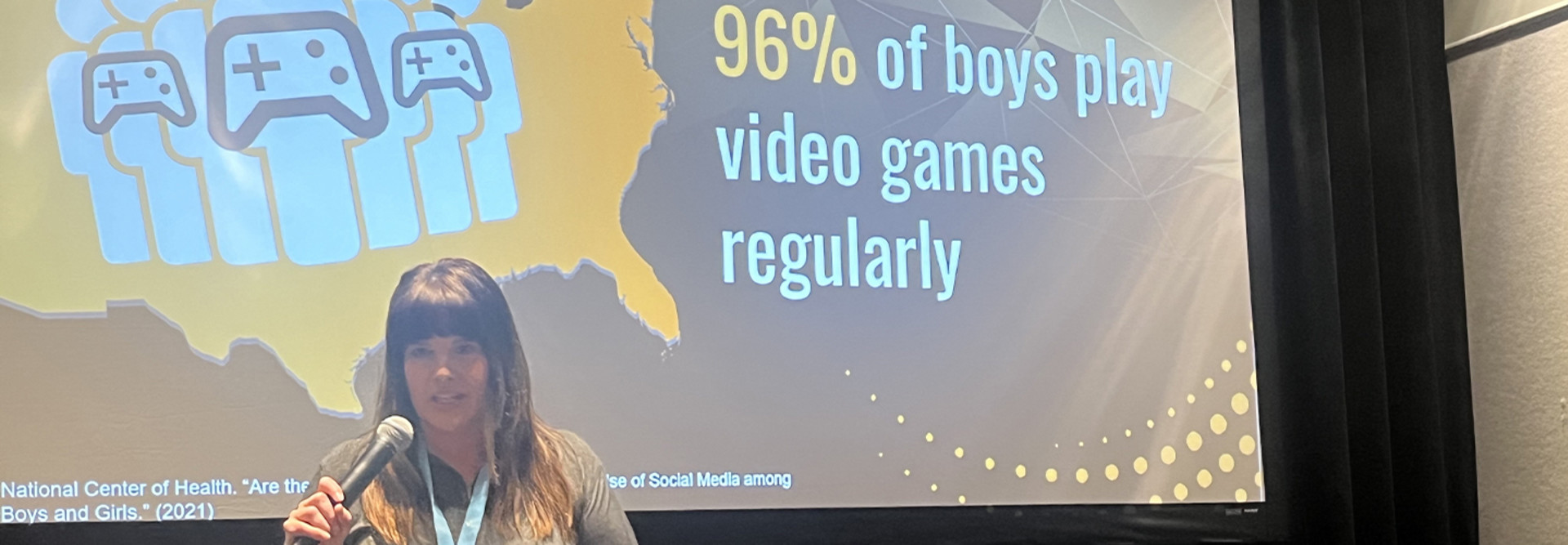She would know. A few years back, Custer and fellow former educator Michael Russell developed the Gaming Concepts curriculum, which has been downloaded 400,000 times.
While there has been a lot of emphasis on getting more girls into esports and science, technology, engineering and math programs, boys also need support, Custer said.
She has seen boys struggle firsthand. With her background in alternative schools, Custer worked at the Complete High School Maize in Maize, Kan., first as an English teacher, then as an assistant principal and, finally, as principal. Her school was one of the first schools in the country to offer video games in school for credit.
“I don’t like video games,” she admitted, “But in my 24 years in education, I haven’t seen anything engage boys as much as esports.”
That’s why she is determined to share the esports message far and wide.
WATCH: This inclusive esports arena helps young gamers grow connections.
The Women’s Movement Exposed the Male Gender Achievement Gap
“The gender gap is wider now than in 1972 when Title IX was passed,” Custer said. “This is when girls really started to excel. And there was a focus on getting girls caught up to boys and to shorten that gender gap. It wasn't until the women’s movement that we realized that the educational system was set up to give boys a disadvantage.”
She explained that some of the skills that girls naturally excel at — responsibility, sitting still for longer periods of times and emotional maturity — were things that young boys naturally struggle with.
And the impact has been noticeable.
“There is a drop in labor force participation. We have 9 million men who are of working age who have dropped out of the labor force entirely.”
Esports could be the silver lining that some schools still don’t know about.














